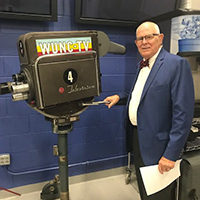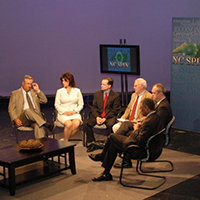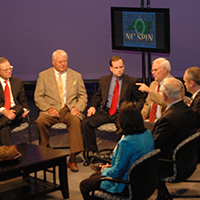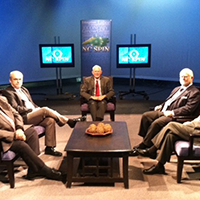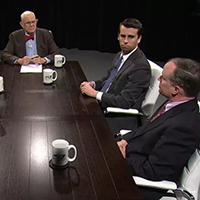Paige Taul, 19, makes $8.25 an hour working as a cashier at the University of Virginia bookstore. That means she works about 80 hours just to pay the school’s mandatory $657 student athletics fee, even though she doesn’t go to football games. She expects to graduate with at least $30,000 of debt.
Eric Dillenberger, a sophomore at Rutgers, works summers as a short-order cook and scrapes together the $326 he needs to pay that school’s athletics fee. He thinks he’ll graduate with student debt of at least $25,000.
Will Hobson and Steven Rich of the Washington Post examined financial records of 52 public universities in the so-called Power Five, the five richest conferences in college sports. They found that universities routinely charge students substantial fees to support athletics programs that make millions from other sources and in which, incidentally, many of those students have no interest.
Students at 32 of those schools paid a combined $125.5 million in athletic fees in 2014 alone, the Post found. This at a time when revenue from major college sports programs is booming.
A separate probe by the Chronicle of Higher Education and the Huffington Post last month found that public universities spent more than $10.3 billion on sports from student fees and other sources besides earned revenue over the past five years.
Schools in less prestigious conferences, with less revenue from TV and other sources, generally hit up students even harder than the powerhouses. For proof, look no further than UNC Charlotte.
Student athletic fees there will bring in $18.8 million this year, the most of any public university in the state. That’s a 90 percent jump in six years that coincides with the launch of the school’s football program. Students pay $773 in athletic fees this year and will pay $802 next year. The university also subsidizes sports with some $5 million from other non-sports sources. That $23 million-plus in total student fees and subsidies for athletics puts UNC Charlotte in the top 10 percent nationally among public Division I schools.
Six public ACC schools, including both UNC Chapel Hill and N.C. State, were among the top nine in student fees collected in the Power Five conferences in 2014.
Athletics are an integral part of college life for many students, and the universities point to the exposure they bring. Without fees, some programs would be eliminated.
But sports have become such an enormous force that schools fund them in part by saddling debt on to students who are there to get an education. Those students are already getting squeezed by higher tuition and graduating with crippling debt.
University leaders and public officials must closely scrutinize the levels of student athletic fees in North Carolina. As a start, the legislature should explore a law like the one passed this year in Virginia, which limits the percentage of athletic budgets that can be funded through student fees.
